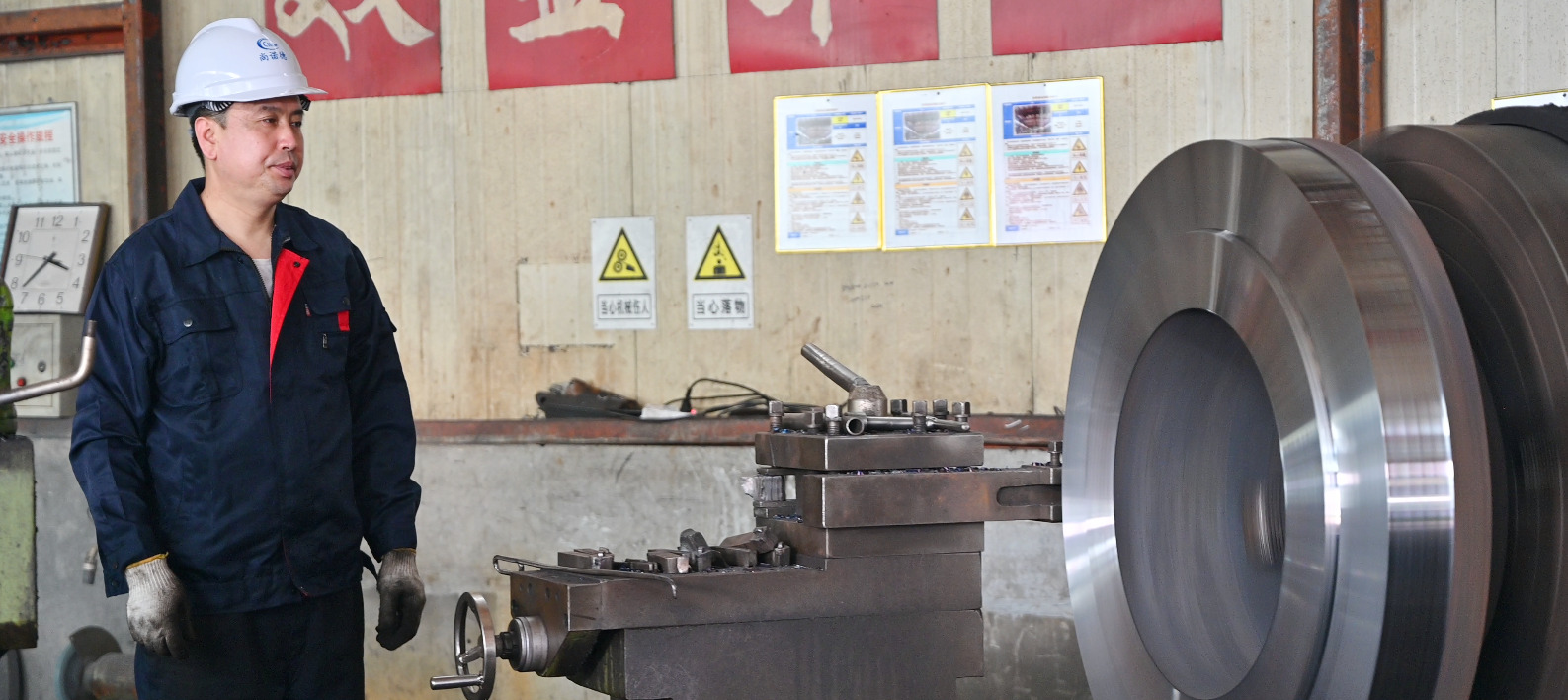Share this
Flange machining is a process aimed at manufacturing flanges, which are connecting components used in pipes, valves, pumps, and other equipment. Flanges are typically flat circular parts with threaded holes, bolt holes, or welding grooves, used to connect different equipment or pipelines together.
The process of flange machining involves various techniques and steps, and here is a general overview of the machining process:
1. Material Preparation: Choose suitable materials for the flanges, often metallic materials such as carbon steel, stainless steel, alloy steel, etc. Material selection depends on the application, working pressure, and medium.
2. Design and Planning: Based on the connection requirements, create design drawings for the flanges, determining dimensions, hole arrangements, bolt-hole diameters, and other parameters.
3. Cutting and Preparation: According to the design drawings, cut the raw materials into appropriately sized workpieces using mechanical tools like saws or cutting machines.
4. Rough Machining: Utilize milling machines, lathes, and other equipment to perform initial machining on the flanges to ensure flatness and surface quality.
5. Hole Machining: According to design specifications, machine threaded holes, bolt holes, and other connecting holes on the flange. This often requires precise positioning and drilling operations.
6. Surface Machining: Use surface grinders or similar equipment to machine the connecting surfaces of the flange to ensure flatness and accuracy, ensuring a proper seal upon connection.
7. Shaping and Polishing: Shape, grind, and polish the flanges to enhance their appearance quality and surface smoothness.
8. Quality Inspection: Perform quality checks such as dimensional measurements, flatness inspections, hole spacing verification, etc., to ensure the flanges meet design requirements and standards.
9. Anti-corrosion Treatment (if required): Apply anti-corrosion treatments to the flanges based on their intended use, such as coating with anti-corrosion paint or galvanizing.
10. Packaging and Delivery: Package the machined flanges securely to prevent damage during transportation. They are then delivered to customers or integrated into corresponding equipment.
In summary, flange machining is a complex process that demands high precision and strict quality control to ensure that flanges provide excellent sealing and stability when connecting pipelines and equipment. Different types of flanges and application scenarios may require various machining methods and standards.

